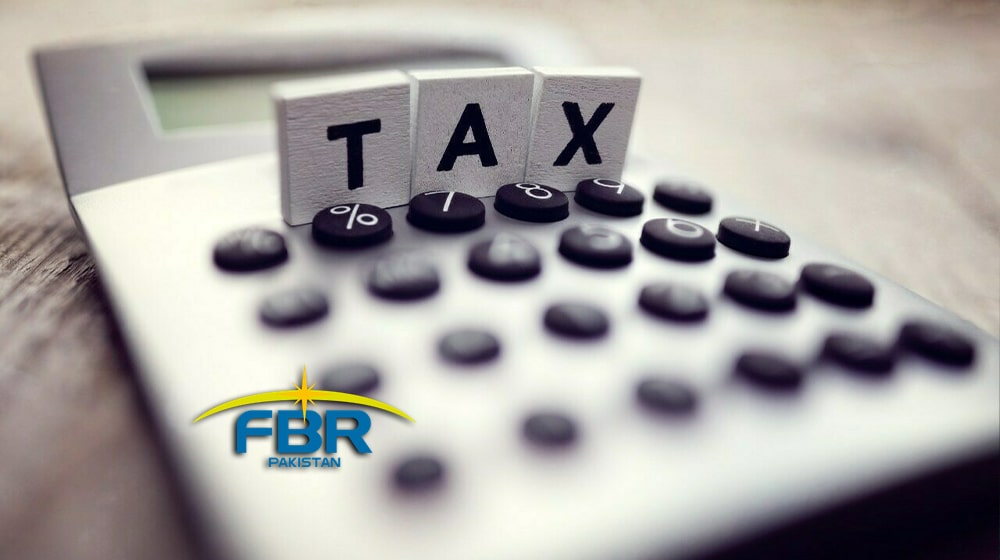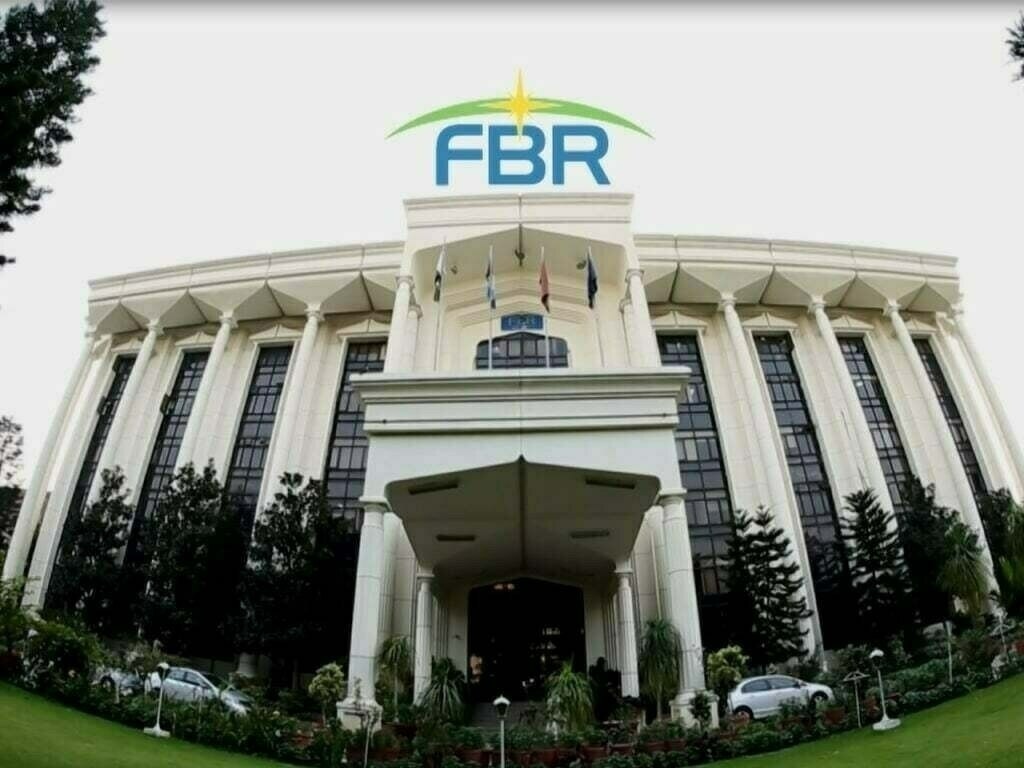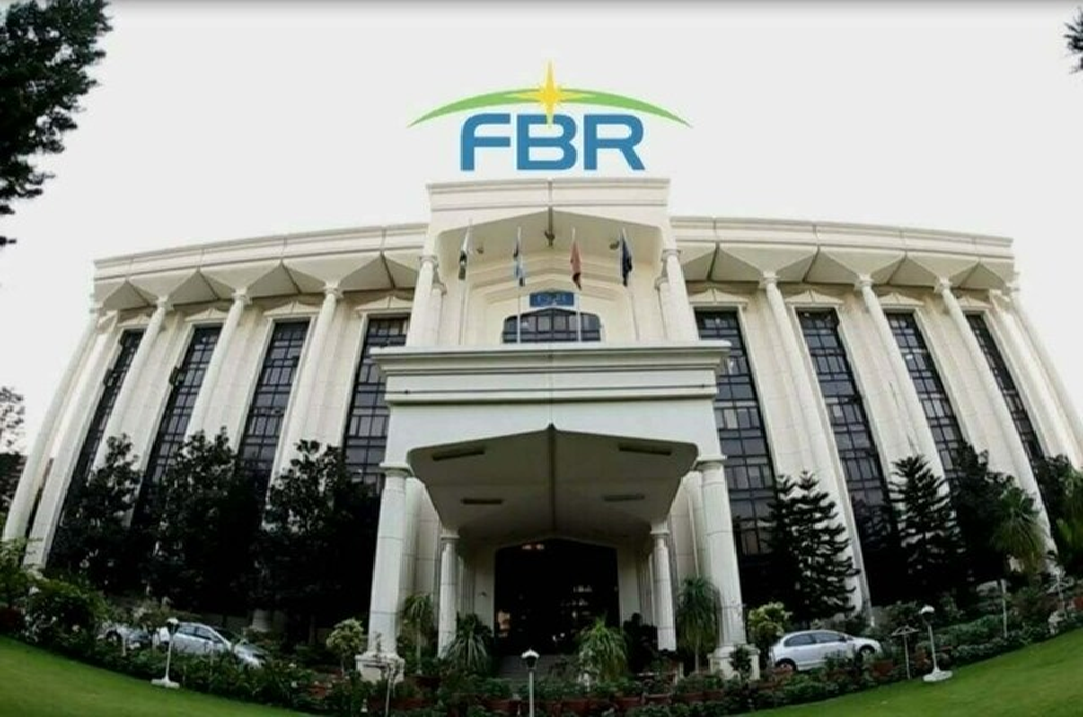Prime Minister Shehbaz Sharif on Tuesday directed authorities to eliminate bureaucratic hurdles and institutional obstacles that hamper the full implementation of the reform agenda within the Federal Board of Revenue (FBR).
Chairing a weekly high-level review meeting on the progress of FBR reforms, the prime minister expressed satisfaction over the recent increase in the tax-to-GDP ratio, attributing the improvement to the government’s fiscal policies and reform initiatives.
Calling the rise in the tax-to-GDP ratio a “positive sign” for Pakistan’s economy, the prime minister said it reflects the success of government-led fiscal reforms. He reaffirmed his administration’s full support for structural changes in the tax system, asserting that these efforts must continue uninterrupted.
“The enhancement in the tax-to-GDP ratio is a matter of satisfaction. It reflects the impact of the government’s policy direction in the fiscal domain,” said Shehbaz Sharif.
He stressed that all institutions involved in revenue collection must ensure uniform application of reforms and remove internal inefficiencies that could derail progress.
To expedite reform execution, the prime minister instructed the relevant departments to fast-track the integration of technology, particularly in customs clearance operations. He emphasized that tech-based solutions would help:
- Minimize procedural delays
- Improve transparency
- Enhance enforcement efficiency
PM Shehbaz termed these as “revolutionary customs reforms” and highlighted that their swift implementation would reduce corruption and procedural bottlenecks.
To maintain and accelerate the revenue momentum into the next fiscal year, the prime minister stressed the importance of coordination between federal and provincial governments. He noted that without inter-governmental collaboration, effective tax enforcement and broadening of the tax base cannot be achieved.
“Effective and efficient implementation of existing tax frameworks will be critical in further improving tax collection,” he added.
In this context, the prime minister instructed for the formulation of a comprehensive tax strategy, developed in consultation with the FBR, federal ministries, and provincial governments, to increase the tax-to-GDP ratio.
PM Shehbaz also issued a clear directive: there will be no changes to approved deadlines or reform targets for the 2025–26 financial year. This underscores the government’s determination to maintain pressure for timely delivery and accountability across departments involved in the reform process.
In an effort to involve the public and build trust in the tax system, the prime minister called on the FBR and the Customs Department to boost public awareness campaigns. He encouraged them to work in collaboration with the Ministry of Information and Broadcasting to highlight the benefits of ongoing reforms.
This approach aims to increase voluntary compliance and foster a culture of responsible tax payment across the country.
During the meeting, FBR officials briefed the prime minister about a major milestone: the launch of an Urdu-language version of the online income tax return form. Officials explained that this initiative would:
- Make tax filing easier for a wider population
- Benefit nearly 84% of existing filers
- Promote digital literacy in tax compliance
The move has been widely appreciated for making the tax system more inclusive and user-friendly.
Another encouraging update shared during the meeting was that the FBR successfully met its tax collection target for July, the first month of the new financial year. This achievement reflects positively on the ongoing implementation of reform strategies and strengthens confidence in meeting full-year revenue targets.
Officials also informed the prime minister about the rollout of digital enforcement stations to support customs clearance and the ongoing implementation of the Centralised Assessment Unit (CAU). Another key initiative underway is the introduction of a faceless customs system, which is aimed at:
- Reducing human discretion
- Ensuring fairness
- Enhancing operational transparency
These digital tools are central to the government’s broader objective of using technology to fight tax evasion and increase efficiency.
The FBR’s reform strategy, according to officials, is progressing in line with established timelines, aided by sector-specific policies, strategic adjustments, and data-driven decision-making. The prime minister lauded the department for its performance but reiterated that momentum must not be lost.




